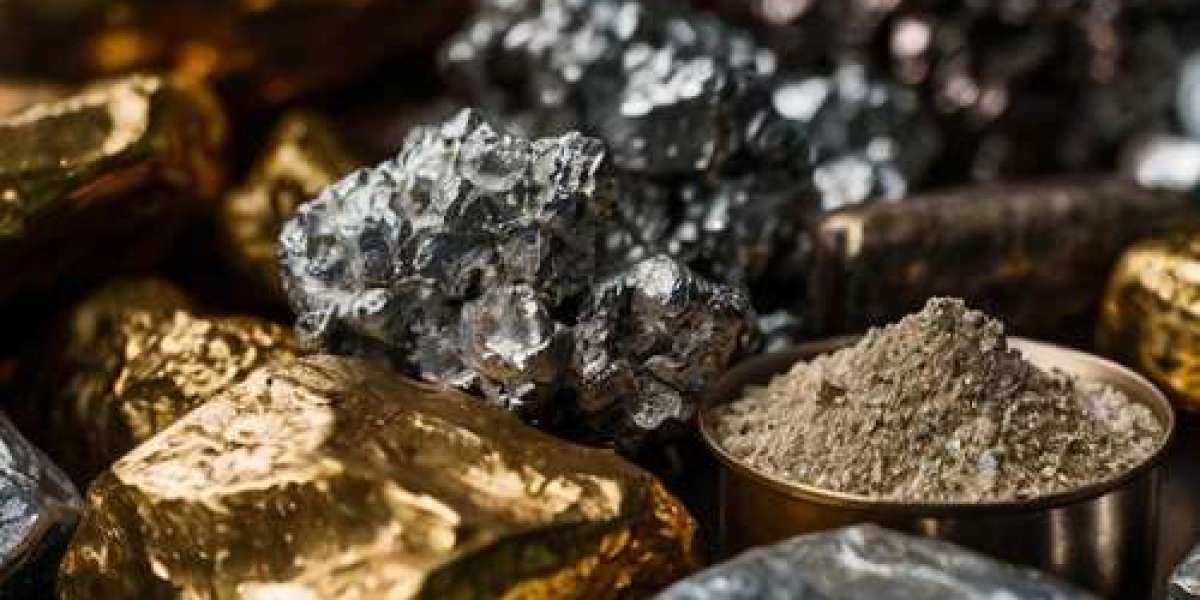The rare earth metals market is set to witness significant growth by 2031, driven by increasing demand from various industries, particularly in high-tech and green energy sectors. Rare earth metals, including elements like neodymium, dysprosium, and cerium, are vital components in modern technologies such as electric vehicles, wind turbines, and consumer electronics. With the ongoing transition toward renewable energy and electric mobility, the role of these metals has become even more crucial, positioning the rare earth metals market as a key area of interest for investors and industry players alike.
Demand Drivers: Technology and Sustainability
One of the primary drivers for the rare earth metals market is the growing reliance on sustainable energy solutions. Electric vehicles (EVs), for example, require high-performance magnets made from rare earth metals like neodymium and praseodymium. These magnets are crucial for the efficiency of electric motors, helping extend battery life and increase performance. Similarly, wind turbine production depends heavily on rare earth materials to ensure effective energy generation. As countries around the globe strive to meet carbon neutrality goals, the demand for these metals will continue to rise.
Another major demand driver is the expanding consumer electronics sector. Rare earth metals are integral in the manufacture of smartphones, computers, and other electronic devices due to their unique magnetic, luminescent, and electrochemical properties. As consumer demand for advanced electronic devices grows, so does the need for stable and affordable supplies of rare earth metals.
Supply Chain Challenges and Geopolitical Factors
Despite the demand surge, the rare earth metals market faces significant supply chain challenges. China currently dominates global rare earth metal production, accounting for around 60% of the world's output. This concentration has raised concerns about the stability and security of the supply chain, especially with increasing geopolitical tensions. Countries such as the United States, Canada, and Australia are exploring ways to reduce dependence on Chinese rare earth supplies by investing in their own mining and processing facilities. However, setting up a competitive supply chain outside of China remains costly and time-consuming, posing a challenge to meeting immediate market demand.
Innovation in Recycling and Alternatives
With limited supply and high demand, companies are also focusing on the recycling of rare earth metals to mitigate supply constraints. Recycling these metals from used electronic products and EV batteries is becoming a viable solution for long-term sustainability. Moreover, research is underway to develop alternative materials or synthetic substitutes that could reduce reliance on rare earths. Although these efforts are in early stages, they present potential solutions for reducing supply risks in the future.
Future Outlook: Expansion and Innovation
Looking toward 2031, the rare earth metals market is expected to expand steadily, spurred by the increased adoption of green energy technologies and advances in high-performance electronics. Market analysts anticipate that as more countries commit to carbon reduction and clean energy initiatives, the need for rare earth metals will intensify. Companies investing in sustainable mining practices, recycling, and supply chain diversification will likely hold a competitive edge. In this dynamic landscape, rare earth metals are not only critical to the global economy but also central to the technological innovations shaping our future.








